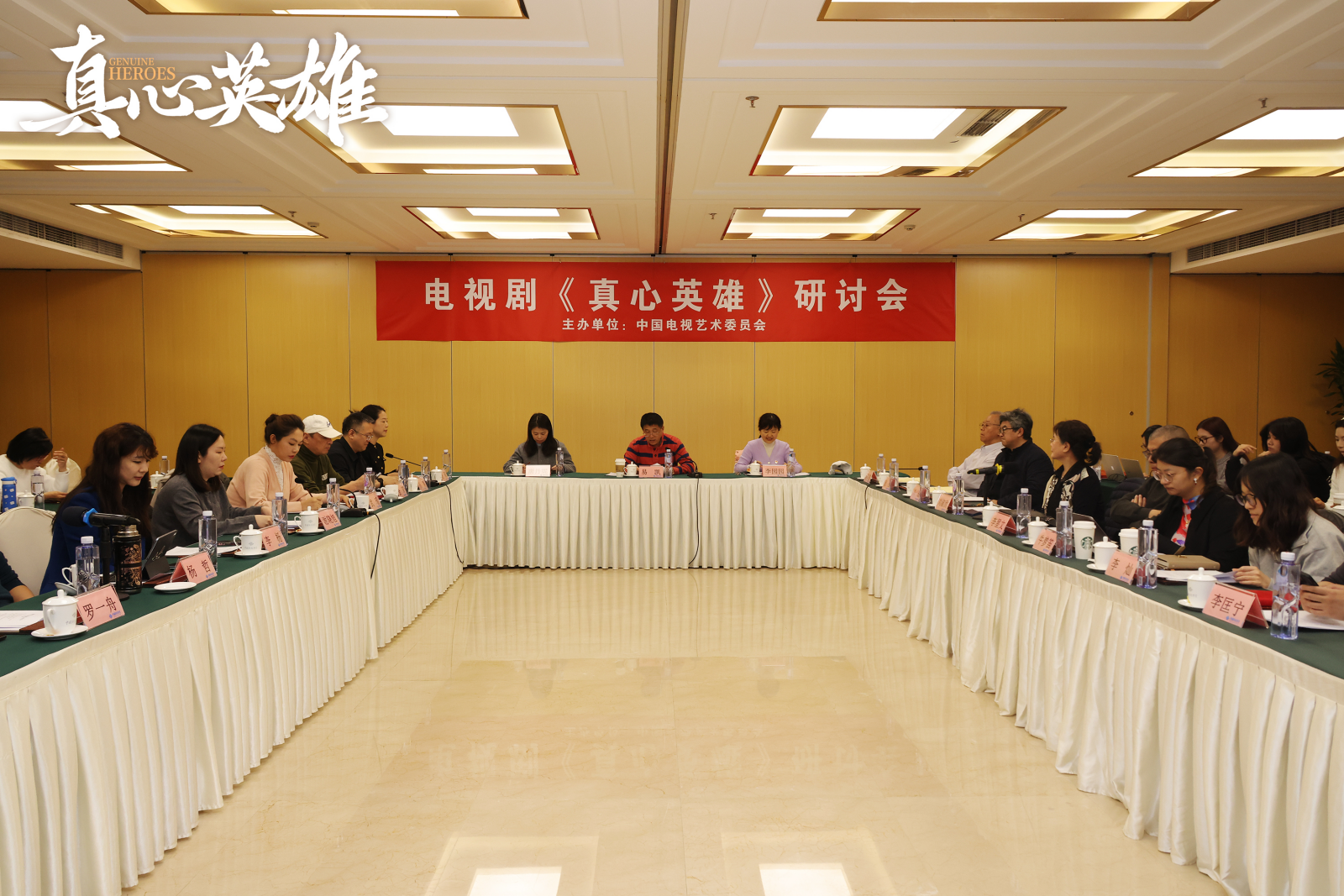
Note: This article contains spoilers
For domestic suspense dramas, what the audience is most familiar with and most worried about is the problem of unfinished endings. It can be said that it is difficult to judge whether a suspense drama is going high, high and low, or flat. . The new Misty Theater drama "Thirteen Years of Dust" starring Chen Jianbin and Chen Xiao is not amazing at the beginning, and there is room for saving in the length of 24 episodes, but the victory is very stable, and it will be stable to the end. After the members' finale, the audience can finally breathe a sigh of relief: it's a good risk, there is no unfinished ending.
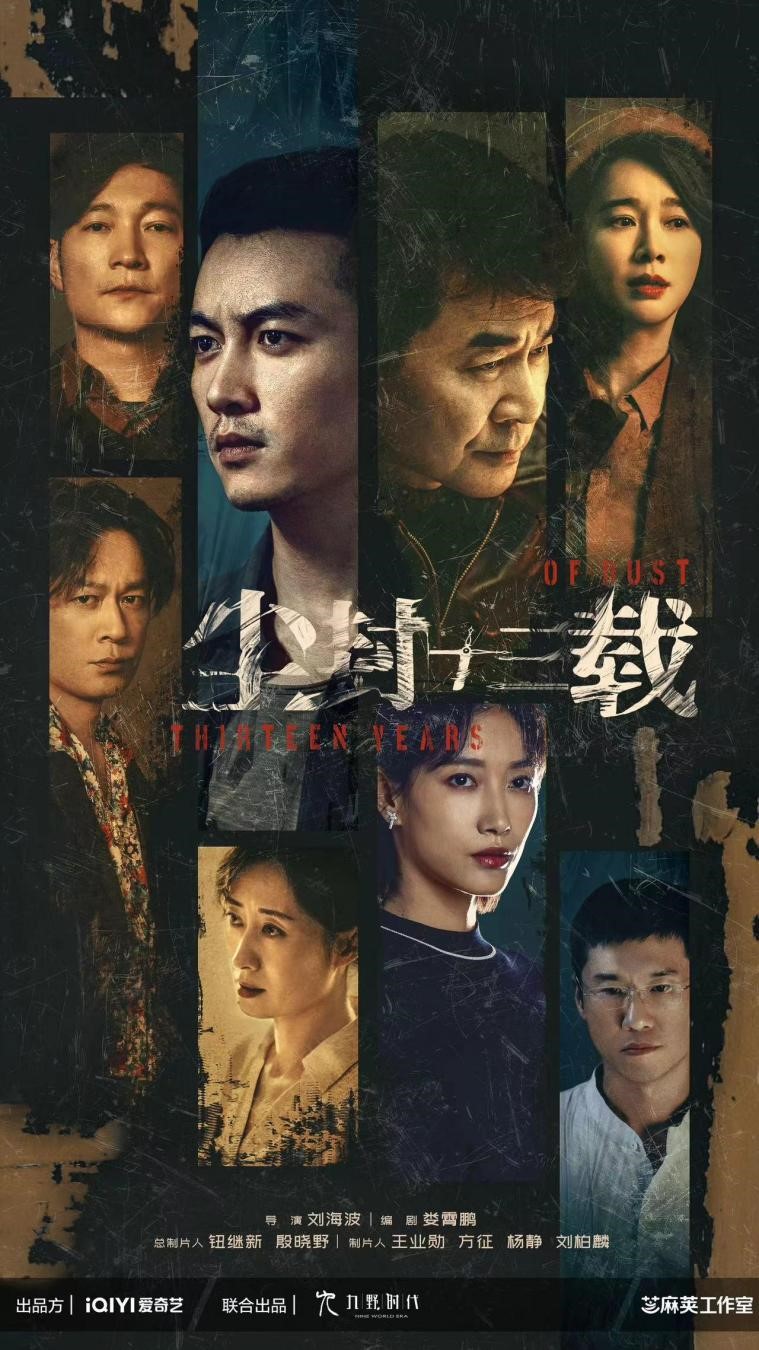
"Thirteen Years in the Dust" poster
solid suspense handling
The series adopts the way of dual time and space cross narrative in 1997 and 2010. The special homicide case that was not detected in 1997 reappeared 13 years later. The criminal policeman Wei Zhengrong (played by Chen Jianbin), who had not been traced to the real murderer, was hit and left the front line, while the fledgling new policeman Lu Xingzhi (played by Chen Xiao) faded away. Young and young, he has become a meticulous and meticulous criminal investigation expert. The many coincidences of the case brought the master and apprentice together again to hunt down the real culprit.

The upper and lower pictures are Wei Zhengrong in 1997 and 2010 respectively

The upper and lower pictures are Lu Xingzhi in 1997 and 2010 respectively
Serial murders, old cases and new ones, master-student investigations... This has become a common structure in criminal investigation dramas. "Thirteen Years in the Dust" tries to create a sense of freshness in some details.
For example, this serial murder case spanning thirteen years was an "artistic" murder case. The murderer would manipulate the dead into a strange art form. From a distance, it looked like an art painting with cruel beauty. Moreover, at each crime scene, the murderer will leave an HB pencil behind. The murderer's pursuit of deformed aesthetics is different from the serial murders in other criminal investigation dramas.
Another example is the double-line intersecting narrative in 1997 and 2010 throughout the play. Objectively speaking, this is likely to bring confusion to the audience in editing. However, the two timelines of "Thirteen Years in the Dust" are clearly distinguished. In addition to the obvious differences in the shape of the characters, the color tone of the picture, and the filters, there is also a particularly critical point. Montage transitions remind the audience of changes in the temporal context.
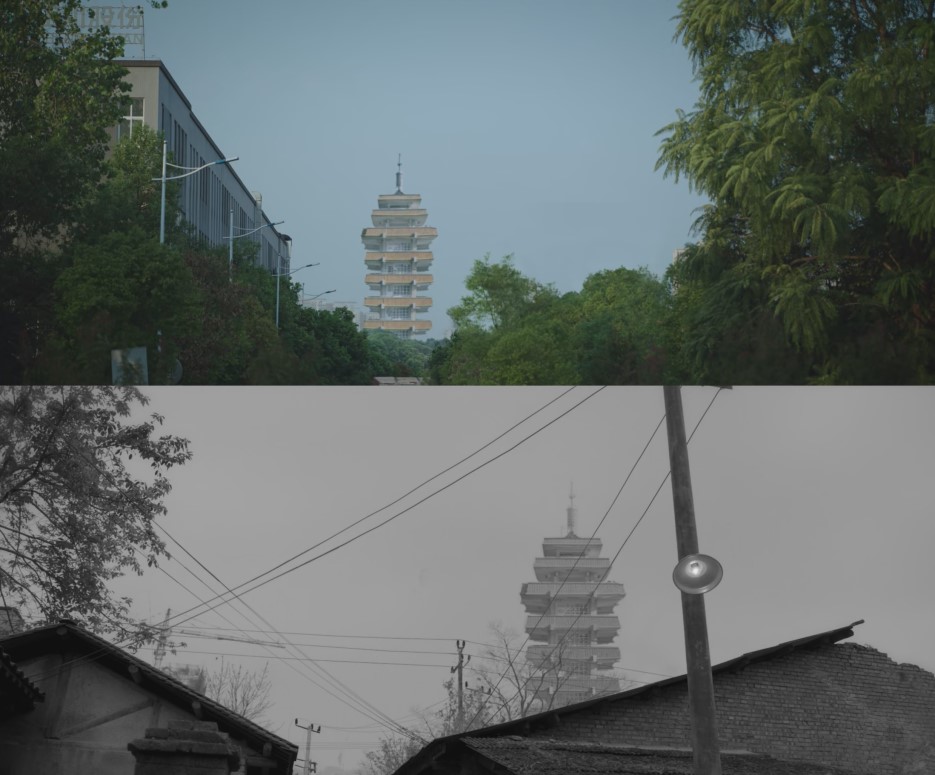
The handling of many transitions in the play is impressive
Of course, the most important thing in a suspense drama is to look at the suspense hook, that is, "who is the murderer". This is also the main part of the plot of "Thirteen Years in the Dust". What connects the plot is Wei Zhengrong, Lu Xingzhi's master and apprentice constantly looking for suspects—eliminating suspects—finding new suspects—eliminating suspects again...a cycle that repeats process. Just like Sisyphus in the myth, they thought they were close to the truth again and again, but returned empty-handed again and again.
This process will last 24 episodes. In suspense dramas, it is easy to be aesthetically fatigued and weak in stamina. "Thirteen Years in the Dust" is relatively stable, and it is not boring to chase.
On the one hand, while the police are investigating homicides, the screenwriters are still laying down new "baits". Serial homicides are still happening, creating suspenseful excitement.
On the other hand, every suspect who appears during the police investigation actually constitutes a part of the living beings of the era. When writing people, the screenwriter is not eager to stack various labels and express various ideas on these suspects, but focuses more on presenting the ups and downs of various individuals and the tricks of fate in the era. For example, the fate of Guo Shengli played by Tan Kai, Wu Xiaowen played by Zhang Yichi and others are quite embarrassing.
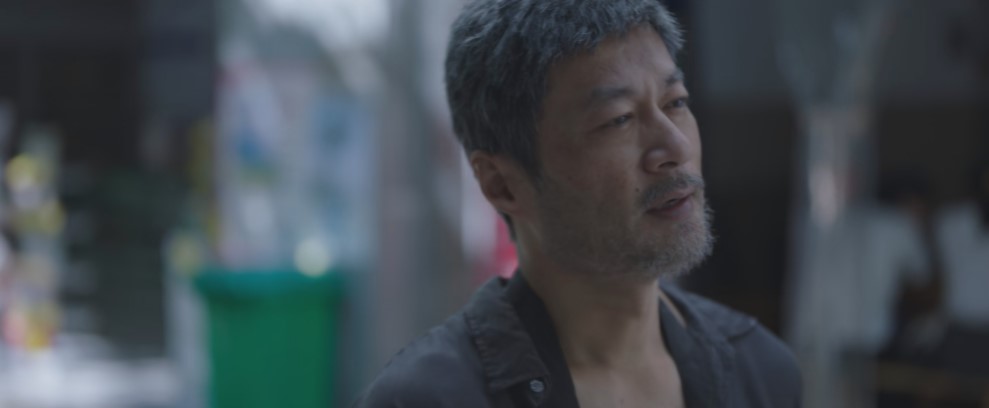
Guo Shengli can be called a hero of love and righteousness
Furthermore, in this "who is the murderer" guessing game, the screenwriter didn't get discouraged halfway through, and didn't let the audience see the flaws early on, as if they were "smarter" than the police. The series is adapted from the novel "Light of the Dark Night" by Lou Xiaopeng, and the author of the novel is also the screenwriter of the series. If the audience has not read the novel beforehand, they may be "blinded" by the screenwriter's blindfold until the end of episode 22, and guess the wrong murderer. Prior to this, the screenwriter had been "misleading" the audience with blindfolds, such as making the audience think that Yang Zhe, played by Zheng Qi, was the murderer.
When the suspense is revealed, the unexpected is also reasonable. While filling all the pits that should be filled, the plot also extends a certain amount of social thinking, which does not appear blunt.
The time weight of "thirteen years"
Suspense is the core part of "Thirteen Years in the Dust", but it is not the only one. As the title of the play suggests, time is also a central part of the play. What happened in the past is not just a supplement to the background, it forms an intertextuality and contrast with the present. From 1997 to 2010, in the long thirteen years, people and things have undergone tremendous changes. It is in this kind of changes that we can glimpse the traces of the changes of the times, and we can also see people's original intentions clearly.
In the thirteen years, criminal investigation methods have undergone great changes. For example, in 1997, technical means were quite limited. If one wanted to investigate the social network of victims or criminal suspects, one could basically only rely on interviews. Whether it is trying to find the first case of the murderer through the previous files, or to find the possible traces left by the murderer through the borrowing information in the library, it can only rely on manpower. If manpower is insufficient, even the police in the whole city cannot be fully investigated. .
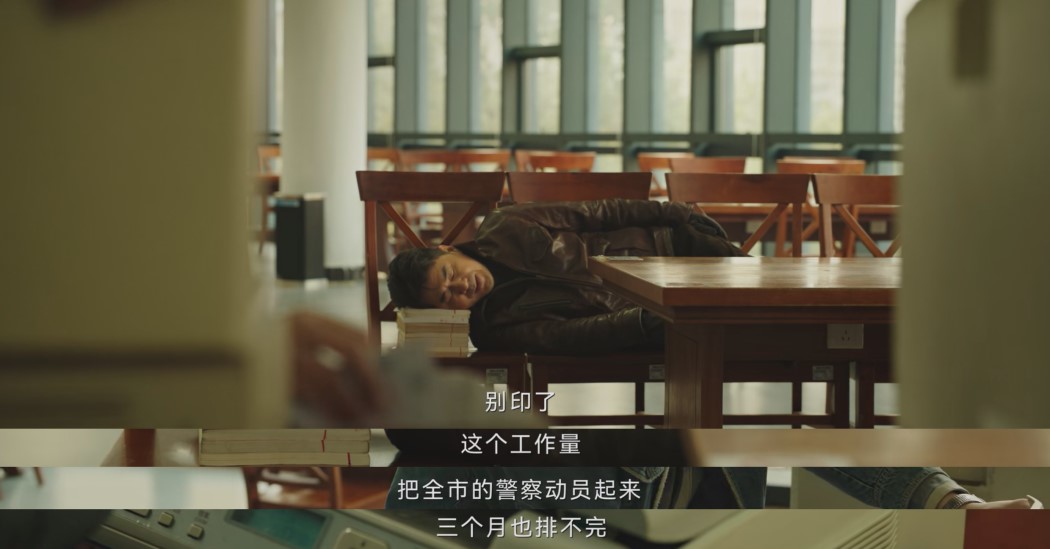
When the technical conditions are limited, there are various objective restrictions in the investigation
By 2010, DNA and other detection technologies had matured, which provided strong technical support for the detection of cases and greatly improved the efficiency of case handling.
Different criminal investigation methods and case handling methods are different in different eras, and suspense reasoning methods are not all the same. This actually enriches the reasoning methods of a drama and enriches the audience's aesthetic feelings. For example, the technology in 1997 was backward, but the relationship between people was relatively close at that time. The process of visits and investigations was also a process of in-depth contact with the grassroots society. Lu Xingzhi, a rookie criminal policeman at the time, learned a lot about dealing with ordinary people from Wei Zhengrong.
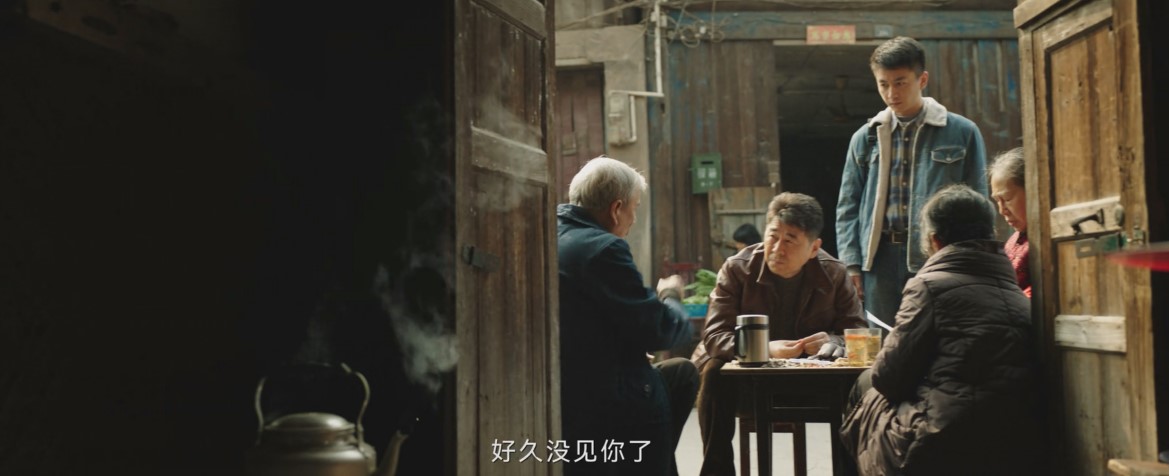
In the past, during investigations and visits, the uncles and aunts were all "intelligence agents"
In 2010, the technology has improved, but as Lu Xingzhi said, in the hutong area in the past, "every hutong is an intelligence network, and the old men and women are all intelligence agents". Now the buildings are taller, and people are far away from each other. Relationships appear to be mysterious. At this time, the stimulation brought by reasoning relies more on technical tracking, discovery and confirmation.
Although the two reasoning methods have different aesthetic feelings, from a practical point of view, I believe that every audience will welcome the continuous innovation of criminal investigation technology in order to catch the murderer in the shortest possible time. "Thirteen Years in the Dust" also expressed such an emotional tendency, and the screenwriter also just rightly raised the value. In 1997, Wei Zhengrong and Lu Xingzhi found an old policeman who was very good at fingerprint recognition to help them identify fingerprints. Lu Xingzhi said that he would like to learn the ability to identify fingerprints from the old policeman. The old policeman said, there is no need to study, in the future, relying on computers, foreign fingerprint comparison software is 100 times faster than him, and when we have it, he will retire. Lu Xingzhi showed a regretful expression. The old policeman said, "It's a good thing, but the magic is one foot higher than the road. New technology defeated me, not crime. I have no regrets."
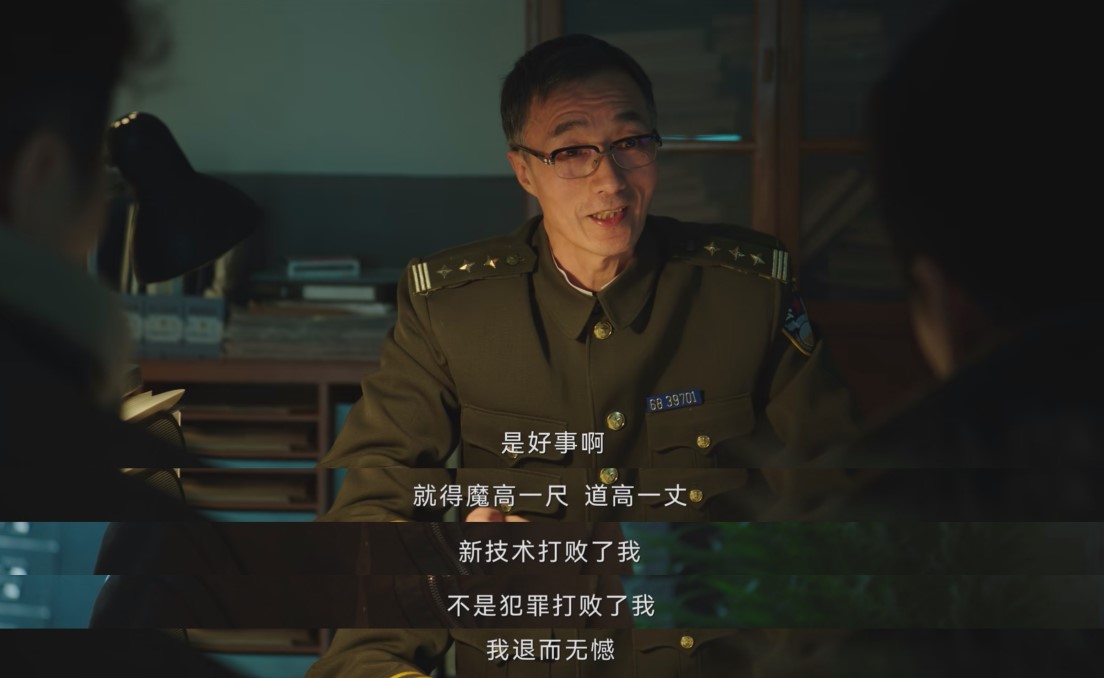
Such sentiment is admirable
Details like this are a plus. Regardless of whether the technical conditions are backward or advanced, what remains unchanged is the police's pursuit of truth, protection of justice, and sense of responsibility to defeat crime.
On this basis, "Thirteen Years of Dust" also has a more profound expression, that is, through the comparison of past and modern methods of solving crimes, it further calls for the importance of procedural justice in the criminal investigation process.
For example, Wei Zhengrong in 1997 relied heavily on experience in the handling of cases, did not know much about concepts such as procedural justice, and sometimes treated suspects in a simple and rude manner, which objectively may lead to unjust, false and wrongly decided cases. The tragedy of Wu Xiaowen in the play is inseparable from Wei Zhengrong's abuse of power.
Being able to use a larger space to reflect the problems of past criminal investigation methods is also a plus point of "Thirteen Years of Dust".
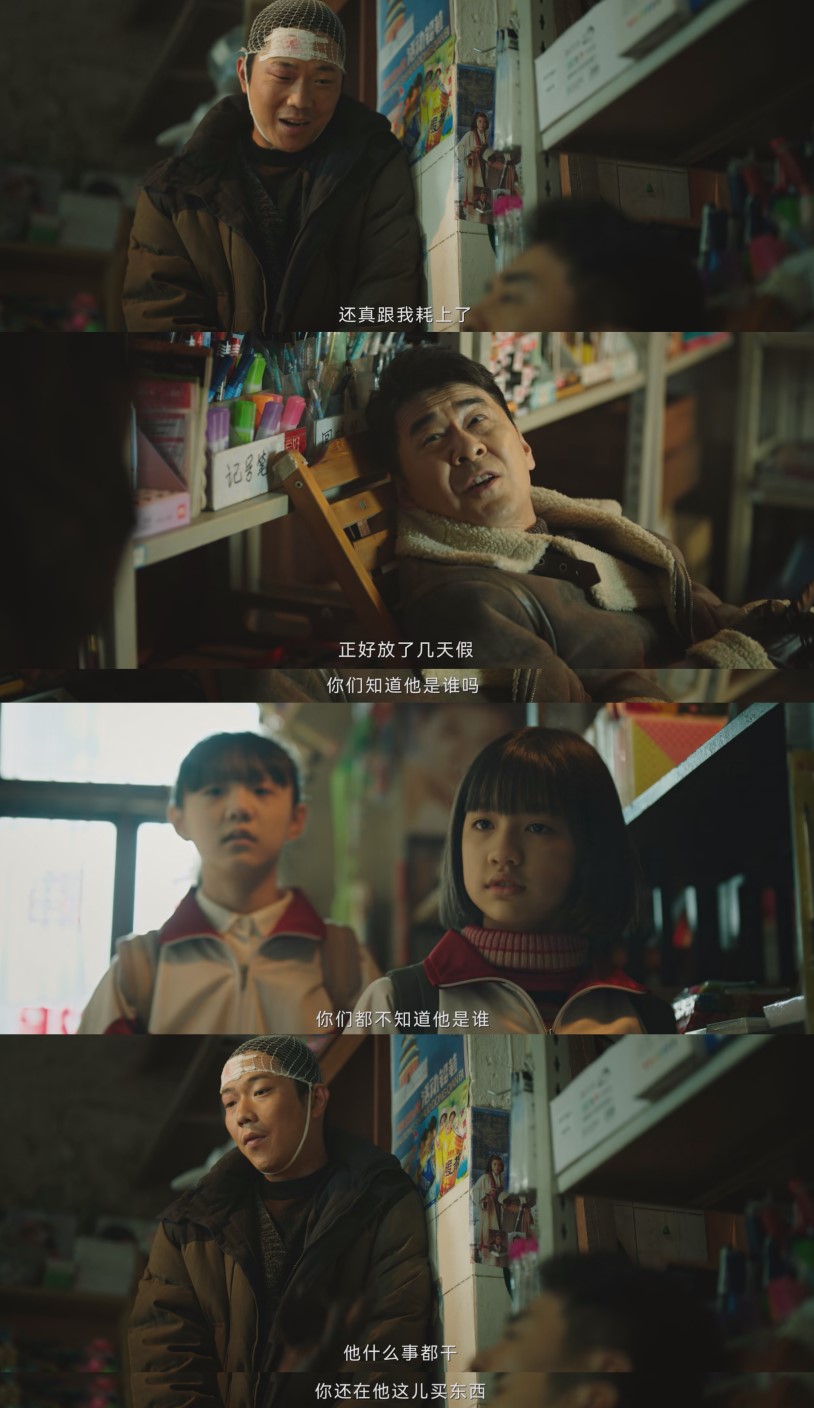
Wei Zhengrong's rough handling of the case contributed to Wu Xiaowen's tragedy
"Night Light"
In addition to the comparison of criminal investigation methods, another intention of using the time of "Thirteen Years" is to write about people, to be precise, to write about Wei Zhengrong and Lu Xingzhi, a pair of master and apprentice. The portrayal of the two male protagonists in "Thirteen Years in the Dust" is tenable. Through a lot of details, it vividly presents how the pair of mentors and apprentices have grown under mutual influence over the past thirteen years.
In 1997, Lu Xingzhi was still a fledgling criminal policeman with richer and more advanced theoretical knowledge, but lacked practical experience; Wei Zhengrong was a senior veteran criminal policeman with rich experience and hot temper. part. The difference in personality between the two people at that time was probably like their preference for taste: Lu Xingzhi couldn't eat spicy food, while Wei Zhengrong put chili in his noodles spoon by spoon.
In 2010, Wei Zhengrong, who retired to the second line, lived a semi-retired life ahead of schedule. There was no pepper on the noodles, and he carried a kawaii thermos full of family photo stickers. You know, he was angry at putting his wedding photos on his desk Lu Xingzhi on the Internet. On the contrary, Lu Xingzhi has more or less the side of his master Wei Zhengrong thirteen years ago: he has become a criminal policeman in charge of his own affairs, he is vigorous and resolute in his work, and he is also hot-tempered.
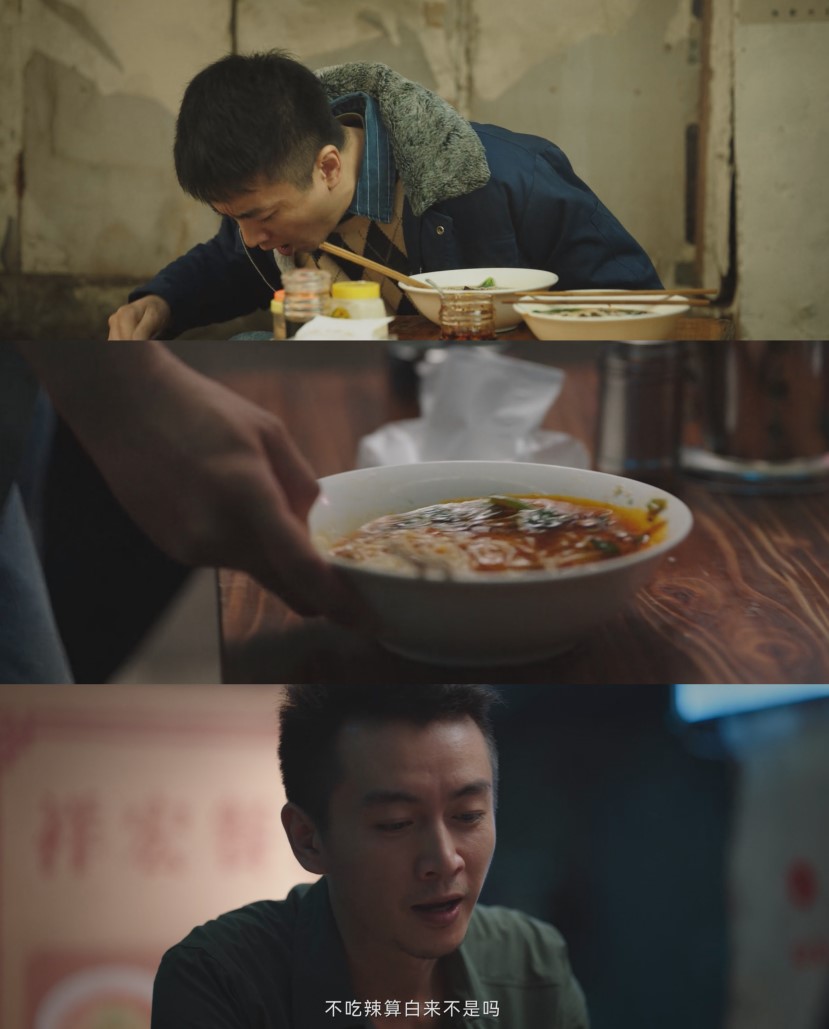
Lu Xingzhi could not eat spicy food in 1997, but in 2010, he has no taste for spicy food
Lu Xingzhi is also influencing his master Wei Zhengrong. Back then, Lu Xingzhi had been studying cutting-edge criminal theories seriously, and he knew how to apply some knowledge of criminal psychology to the criminal investigation process. Wei Zhengrong thought it was bookish and disapproved. In 2010, Wei Zhengrong returned to the front line. When he followed Lu Xingzhi to solve the case, he also began to use the knowledge of criminal psychology to analyze criminals.
Thirteen years have changed many things, and made the master and apprentice more mature. Lu Xingzhi became less youthful and mature, while Wei Zhengrong became less irritable and more rational.
The protagonist's personality growth has become an important supplement to the suspenseful part of the play. They are not "tools" who solve cases with vague faces behind the turn of the case, nor are they "magic detectives" with golden fingers who override the logic. They are also ordinary people, but they just happen to be engaged in a sacred profession. Whether it is a simple sense of justice or the call of professional sanctity, they have been becoming better people, have never given up pursuing the truth, and have indeed better protected the lives and property of ordinary people.
The moment in the series that makes people deeply feel the glory of the criminal police is not necessarily the sensational salute in the finale, but in the 18th episode, when today's DNA methods can already compare the personal DNA information left by former killers , Lu Xingzhi hurriedly called to share the good news with Wei Zhengrong. Wei Zhengrong clenched his fists in the bathroom, shouting excitedly in fear of waking up his family, and Lu Xingzhi on the other end of the phone also showed a rare smile. He sat heavily on the recliner and breathed a sigh of relief...

Only by continuing to search for the truth can you feel the relief at this moment
Although the relief was short-lived, and the moment of victory was far from reached at that time, after thirteen years of hard pursuit, they were truly closer to the truth than ever before. If we hadn't experienced painful torture, we wouldn't have felt the relief at this moment; if people like Wei Zhengrong and Lu Xingzhi hadn't been searching hard for the truth, some light wouldn't have come. At this moment, the audience can empathize with their joy, thank them for their dedication, and understand the meaning of "Light of the Dark Night".
Generally speaking, "Thirteen Years in the Dust" is a relatively "stable" drama. Although it looks quite traditional in all aspects, sometimes it makes people feel that the story is a bit "flat", without any amazing innovations or gimmicks, but the story advances in an unhurried and orderly manner, and it starts well and ends well. It is not a good creative methodology to tell a story well in a down-to-earth manner.


